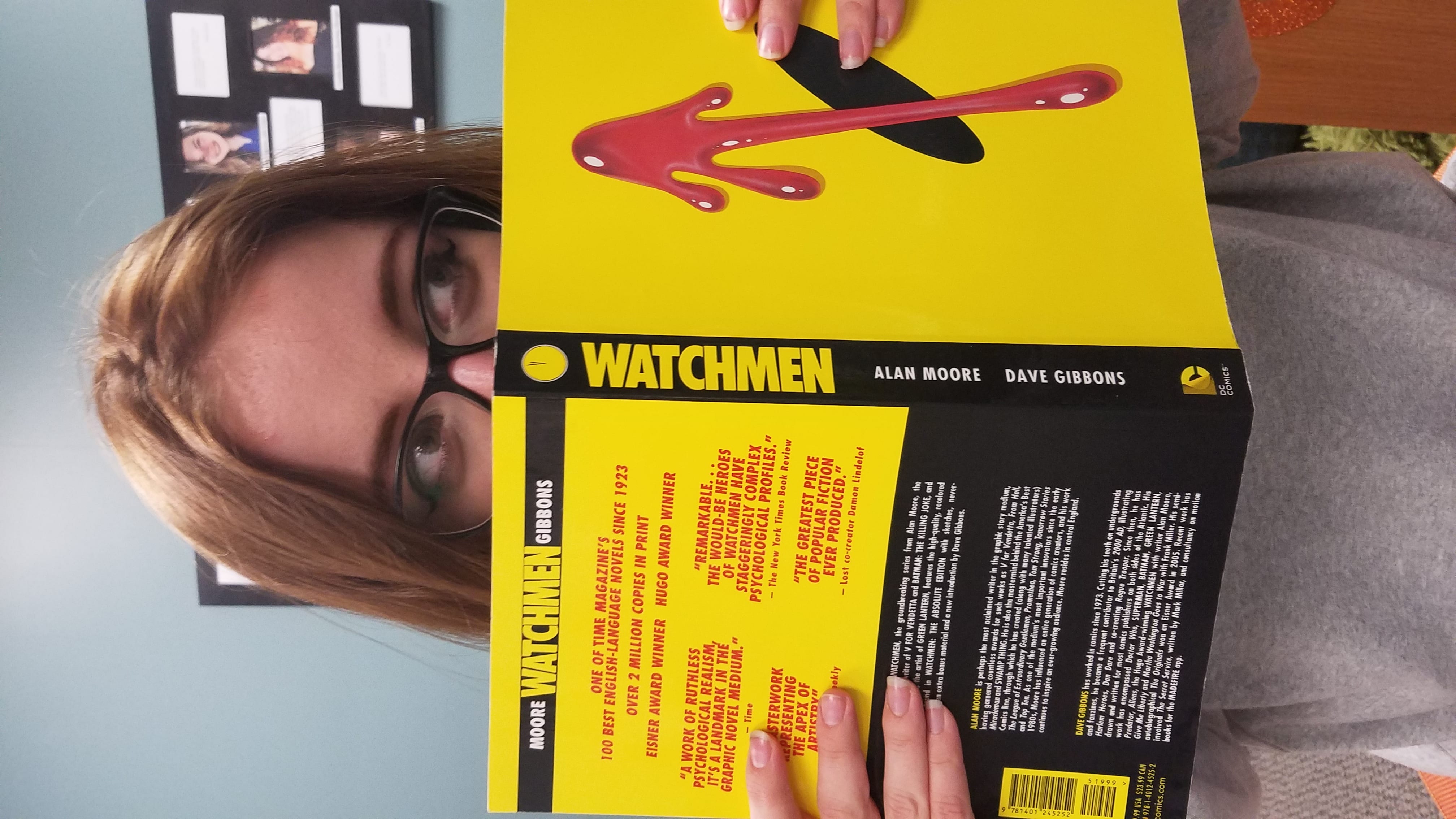Writer Alan Moore and artist Dave Gibbons worked together to create “Watchmen,” a graphic novel that broke conventions and stereotypes when it was published in 1986. Carla Gugino, who starred in its 2009 film adaptation as Sally Jupiter (or the original Silk Spectre), went so far as to call it “the Citizen Kane of graphic novels.” It was the first of its kind to win a Hugo Award in 1988, as critics rarely regarded graphic novels as “literature” back in the day. Now, “Watchmen” is largely considered a classic and a recommended read even for those who have never read comics.
While the film has its critics, especially those who are unfamiliar with its source material, the novel itself is a work of pure genius. In terms of the plot, it stands the test of time — in fact, it’s eerily relevant today, as it takes place in an alternative reality 1985 in which the tension between the U.S. and Russia is at an all-time high and World War III is imminent. Superheroes exist as well but not in the same sense as more mainstream DC comics. Moore’s novel realistically explores its characters’ ambitions and the implications of being a superhero. It asks uncomfortable questions like what it takes to be a hero and what compels someone to don a costume and fight crime in the dark, as well as explores the effects of doing that for an extended period of time.
The storytelling is compelling, as the story shifts back and forth between the ‘60s, ‘70s and ‘80s, and explores several different perspectives. Through its shifting perspectives, it also explores mediums to express them. The novel includes a fictional comic interlaced within the plot, which is symbolic of one of the character’s journey — though I won’t say whose. It also has excerpts from a memoir, academic papers, newspaper articles illustrating opposite views of the political spectrum, letters between characters and magazine articles that all move the plot along and reveal more about the characters and their motivations.
The ease with which Moore uses those devices to tell the story fluidly, though nonlinearly, is mind-boggling, to say the least. His ability to transform his writing not only between mediums but between characters is part of what makes the novel so interesting to read. The unconventionality of the novel makes it interesting, as well: the characters are flawed, often depicting extremes and sometimes abusing their power. They make the reader question what morality is and who decides what it is, eliciting the question, “Who watches the Watchmen?”
Though I tried to absorb every detail in my first reading of this book, it contains so much content and symbolism, both in the writing and the artwork, that I know I’ll have to re-read it several times over in the future just to be able to say I sorta kinda understand it. Though that notion might seem daunting, I think truly good literature allows you to read it over and over again and find new meaning in it every time.


